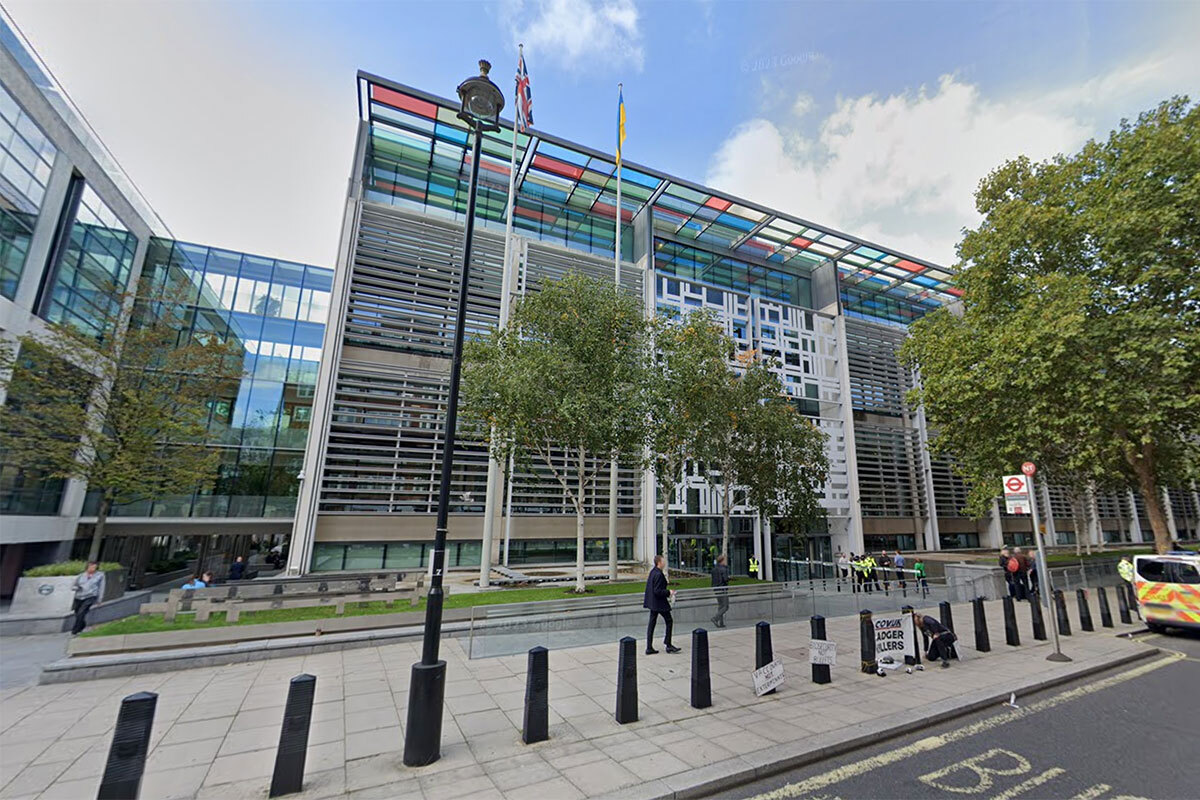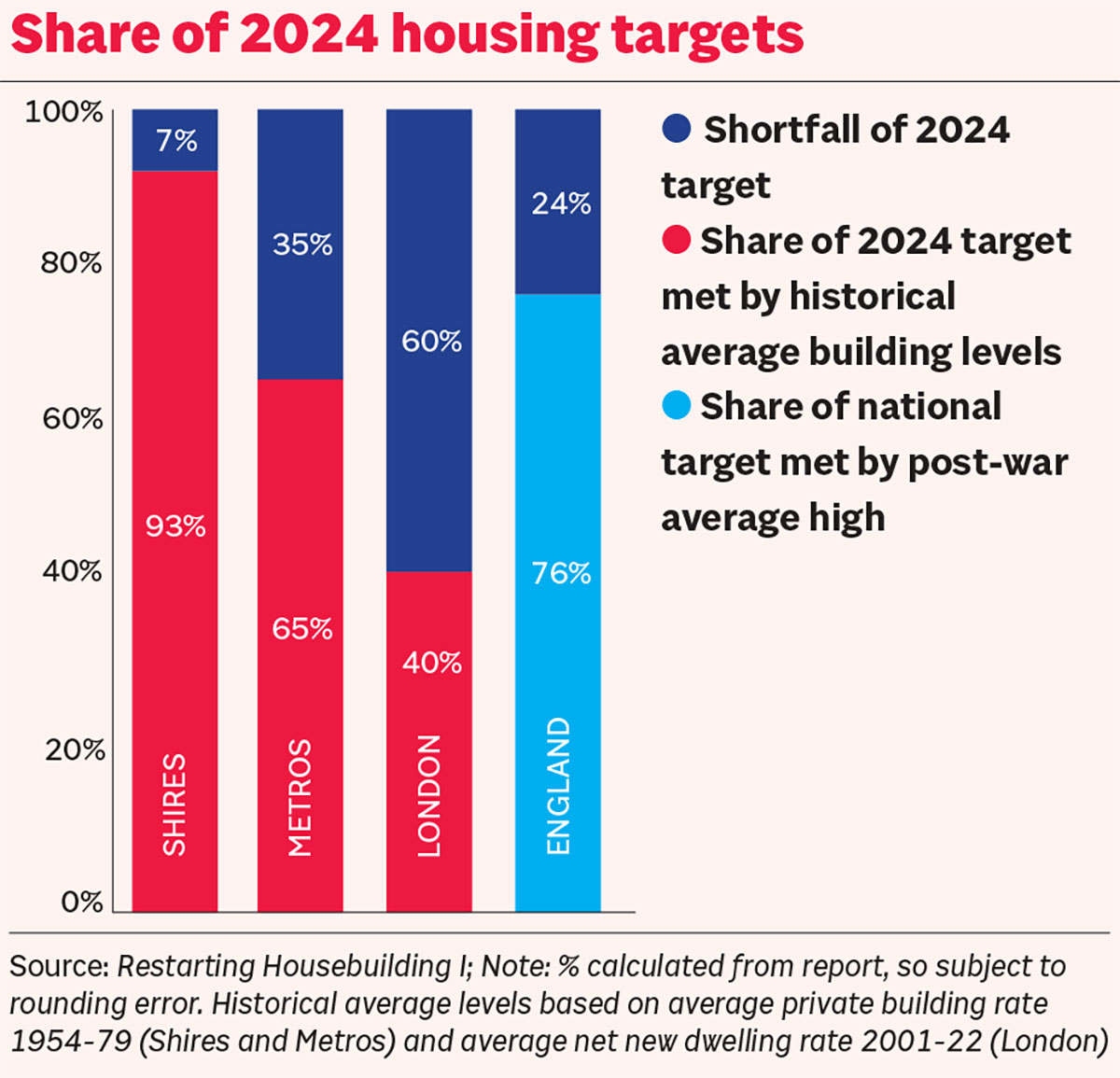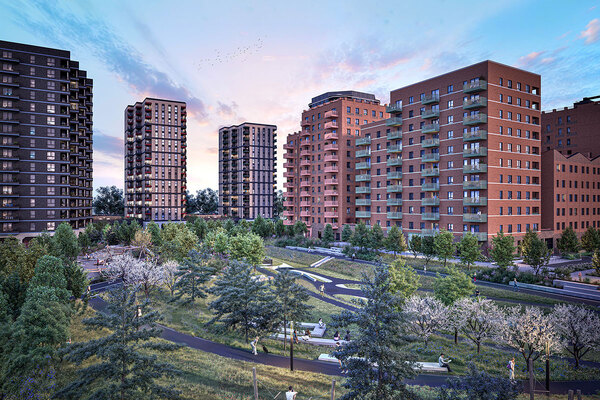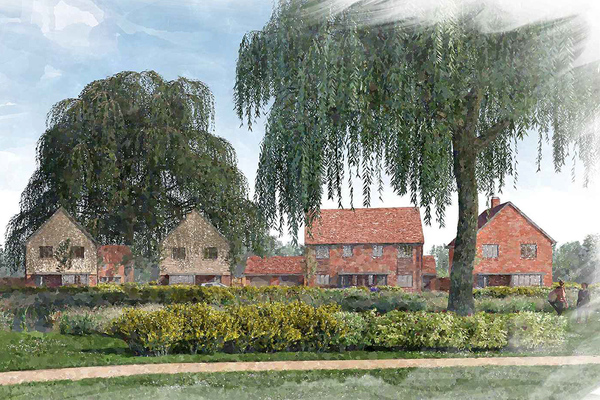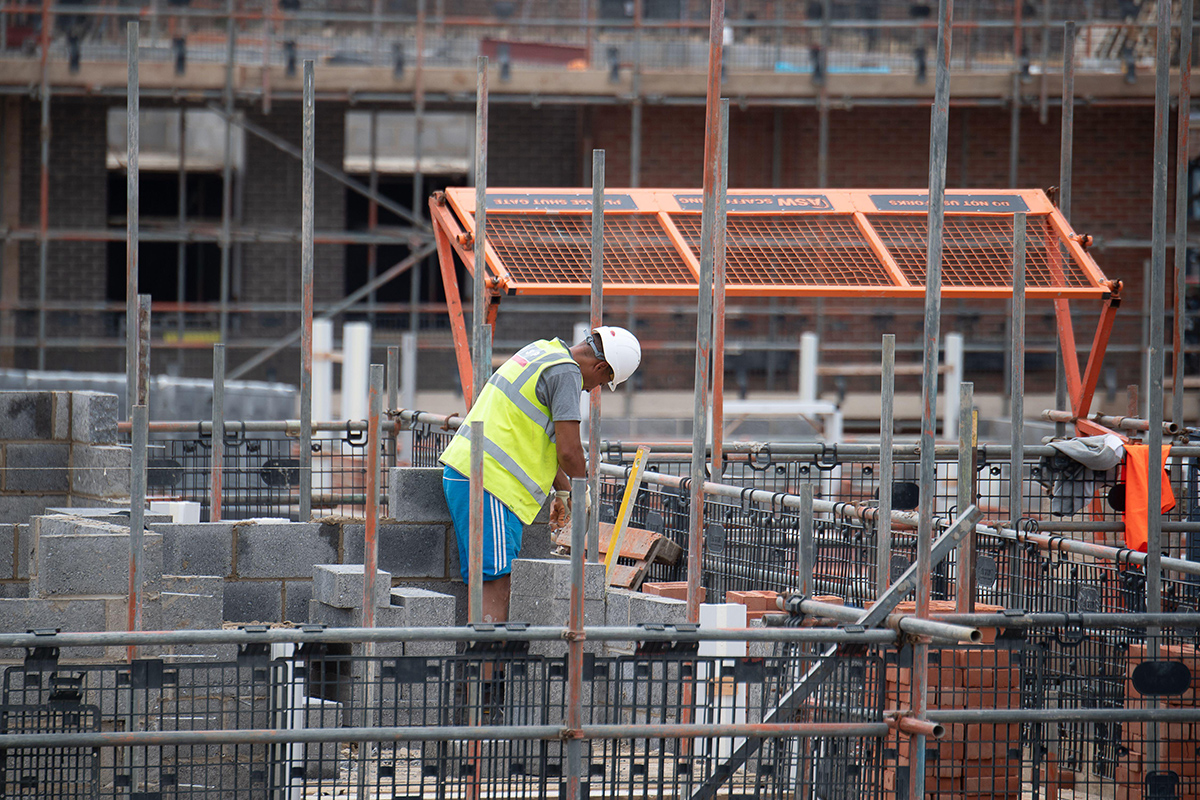Latest housing research: bold choices to fix our housing shortfall
A series of reports offers three key approaches to how we restart housebuilding, writes Richard Hyde, chair of the Thinkhouse Editorial Panel
December is usually a quiet month in terms of new housing research. Nevertheless, the quality of the reports we curated on our site was high, and three stood out for me.
Restarting Housebuilding I-III form a series produced by the Centre for Cities thinktank looking at planning and supply-side reforms. The reports are authored by Anthony Breach, associate director at the centre, a former winner of the Thinkhouse Early Career Researcher’s Prize and a Thinkhouse Editorial Panel member, Maurice Lange and Xuanru Lin, an analyst and researcher at the centre, respectively.
The UK has a shortfall of 4.3 million houses compared with other Western European countries. The government has a target to build 1.5 million new homes before the next election. This housing shortage has reduced affordability, growth and living standards. These reports look at alternative planning improvement strategies and conclude that we have no chance of addressing our housing shortfall without bold reform.
Report one, which discusses planning and the private sector, argues strongly that radical reform of the green belt is needed. Additionally, the case-by-case approach to planning decisions should be replaced by a zoning system, with development principles clearly defined.
Since this report was written, the government has introduced a “common-sense” approach to the green belt in its updated National Planning Policy Framework.
The report argues that the government will not meet its housing targets without being more radical. It estimates that it will fall short by 7% in shire areas, 35% in urban areas and 60% in London (see graph below).
The second report has social housing and the public sector as its theme. As Mr Breach and Mr Lange say in their recent blog for the Centre for Cities, history tells us that the public and private sectors should play different roles. Public sector housebuilding should address challenges the private sector is less likely to: co-ordinating major urban regeneration programmes and large-scale urban expansions, and building for those on lower incomes across the country.
The report also recommends that the Right to Buy should be reformed, the Housing Revenue Account system should be made more secure and predictable, and that metro mayors should be given responsibility for delivering on public housebuilding targets within their areas and be able to manage waiting lists.
Finally, public housebuilding targets should be set according to a predictable formula.
The system needs to change
The third report sets out how New Towns, transport infrastructure, environmental improvements and affordable homes could be funded by land value capture. This mechanism allows the public sector to capture the value uplift on land that is created when it is developed.
The report identifies possible locations for large-scale urban extensions around 15 cities across the UK and models the potential land value capture in these locations. It finds that, across viable sites, the total potential land value capture is £193bn, or £6.4bn a year, assuming a 30-year development period. Dedicating half of this to cross-subsidising social housing would deliver half a million social homes, or approximately 18,500 per year. This money is also equivalent to funding at least 50 miles of tram network every year.
However, this potential is distributed very unevenly across the country. The model finds that nearly 80% of potential land value capture is on sites around London. Land around cities where house prices are below average generate far lower potential, and some sites would generate deficits. It is possible that those areas that generate a surplus are used to cross-subsidise the sites that would make a loss. This would undermine a strength of the tool – to provide infrastructure in the place where development happens.
Readers of these reports are left in no doubt that the system needs to change. We need to replace the highly restrictive and unpredictable current arrangements with clear rules of engagement which are set up front and where development is facilitated and delivered in areas that align with where it is most needed.
A straightforward and predictable planning system would increase the range of sites available for development for both private and public development.
These bold changes would give the nation a fighting chance of hitting the target of building 1.5 million new homes by the next election.
Richard Hyde, chair, Thinkhouse Editorial Panel; chair, Solihull Community Housing; and chair, Housemark
Sign up for our daily newsletter
Already have an account? Click here to manage your newsletters



